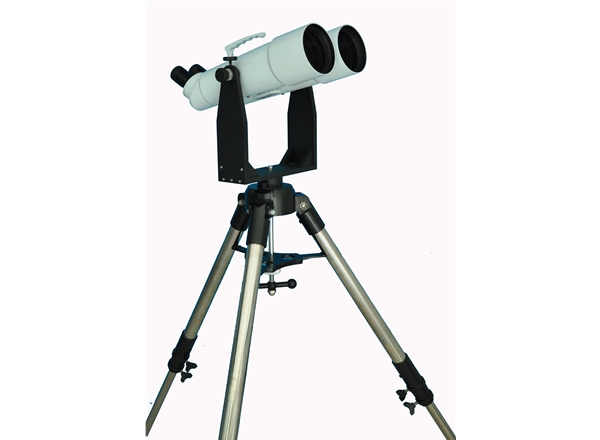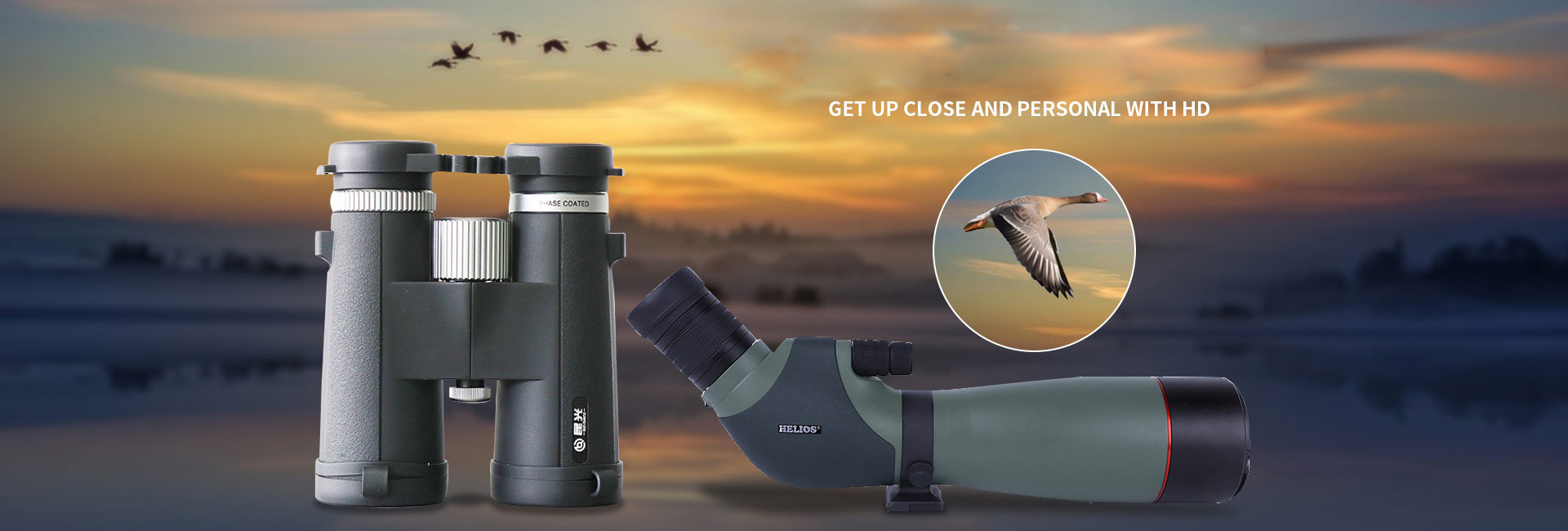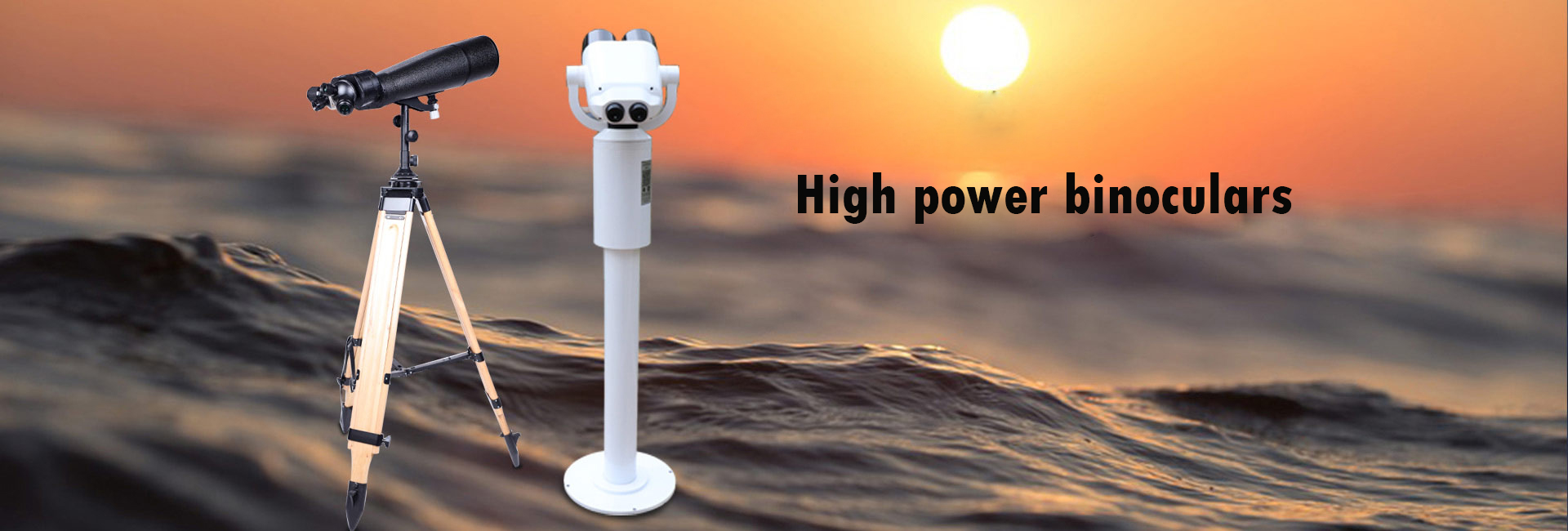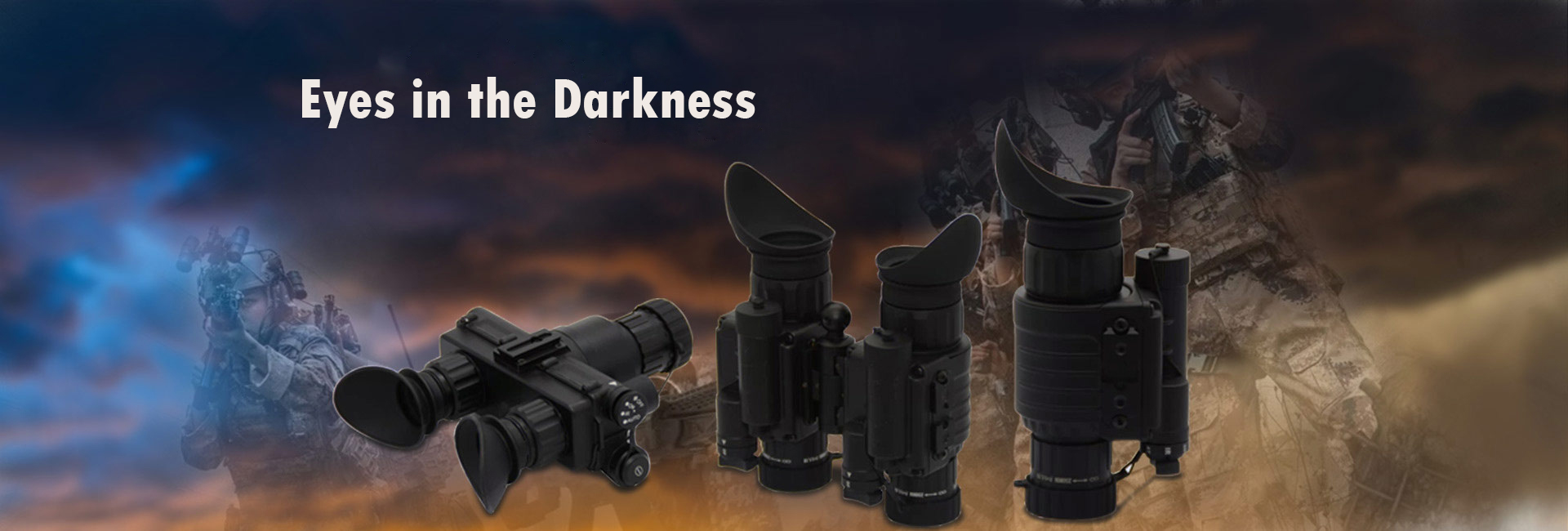
Kunming Kunguang Optoelectronic Technology Co.,Ltd
Telescope manufacturer-Zoom Telescope|Type 62 Telescope|Type 98 Telescope

13211792316
18987291336

Kunming Kunguang Photoelectric Technology Co., Ltd.
- Company News
- Industry Information
Industry Information
Optical system of Yunnan high magnification telescope: how to focus accurately?
High magnification telescopes are very complex optical devices with large magnifications and small fields of view. In order to achieve precise focusing, the following aspects need to be taken into account.

The objective lens of a telescope is the key component that determines the magnification. The focal length of the objective lens has to match the design magnification of the telescope, which is usually achieved by using a convex or concave lens. The refractive index of the objective lens determines the speed at which light travels through the objective lens, while the diameter of the objective lens determines the ability to collect light. During the manufacture of the objective lens, the accuracy of the curvature and refractive index, as well as the quality of the optical coating, need to be ensured in order to increase the light transmission and reduce the reflection loss.
The focusing mechanism is the key to achieving focus in a telescope. The focusing mechanism usually consists of a focusing wheel and a focusing stepper motor. The focusing wheel is used for manual focusing and focusing is achieved by rotating the position of the objective lens. The focus stepping motor controls the position of the objective lens by means of an electric current, allowing for more precise focusing. During shooting, manual focus or auto focus can be used as needed to achieve the best imaging results.
Adjustment of the field of view plane is also an important step in accurate focusing. The field of view plane is the plane on which light rays converge when the telescope is viewed, and it is necessary to ensure that the object being viewed is located on this plane when focusing. Adjustment of the field of view plane is usually achieved by adjusting the secondary mirror or eyepiece. During the focusing process, one can determine whether the focus is in place by looking at details on the sample or calibration object.
Environmental conditions can also have an effect on how well a telescope focuses. For example, changes in humidity and temperature may cause the telescope's optics to deform, resulting in inaccurate focusing. Therefore, the telescope needs to be kept stable and the humidity and temperature constant to improve focusing accuracy.
Users of telescopes also need to master certain focusing techniques. For manual focusing telescopes, you can use the focus wheel to rotate it gradually and observe the changes in imaging results until you get the sharpest image. For autofocus telescopes, you can select the appropriate focus mode and sensitivity, as well as adjust the exposure time and ISO sensitivity to get the best focus results.
To achieve accurate focusing of high magnification telescopes, attention needs to be paid to many aspects such as the design and manufacturing quality of the objective lens, the precision of the focusing mechanism, the adjustment of the plane of the field of view, the control of the environmental conditions as well as the user's operating skills. Only when all aspects are effectively controlled and adjusted can a clear and accurate observation image be obtained.

















